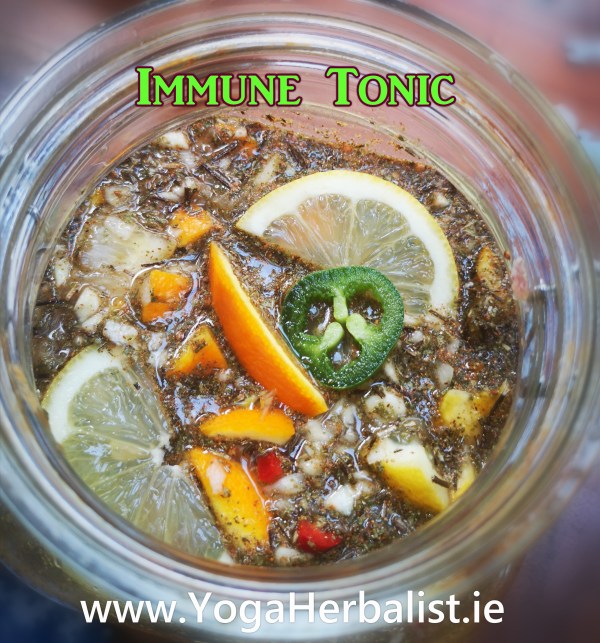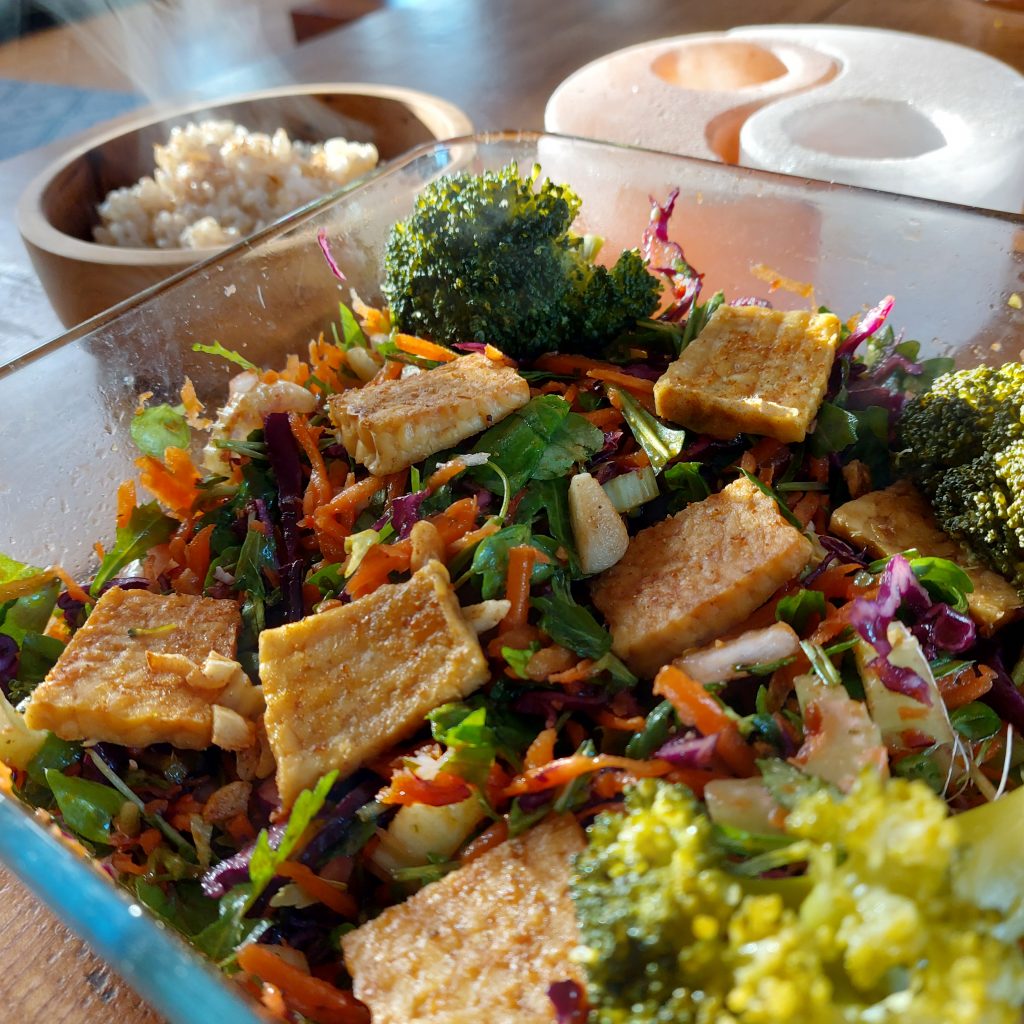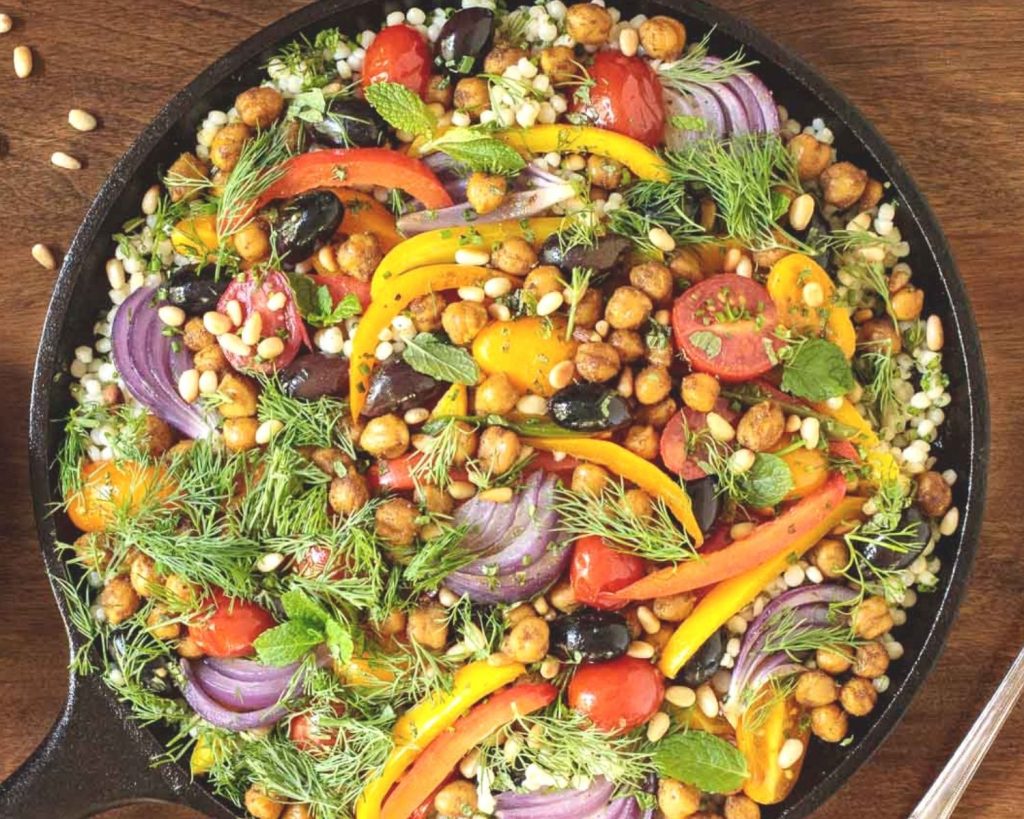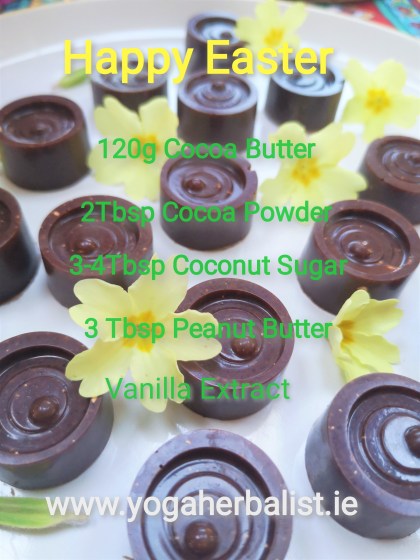Turmeric Root versus Curcumin
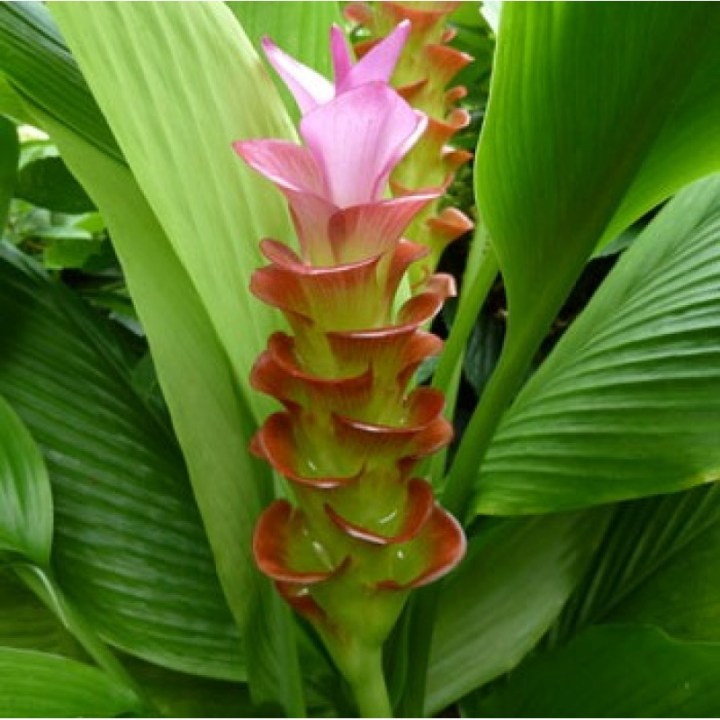
WHAT IS CURCUMIN & TURMERIC DIFFERENCE?
If I do an internet search for turmeric I get 100’s of hits on curcumin which would make you think they are one and the same. To add further confusion the latin name for turmeric is Curcuma Longa and maybe used when referring to curcumin which is inaccurate. So, to clear up any confusion turmeric (curcuma longa), curcumin and curcuminoids, are not interchangeable terms. Turmeric Powder is the dried root of the whole plant. Curcuminoids are a family of active compounds within turmeric. Curcuminoids are polyphenolic pigments and include curcumin (the major one), demethoxycurcumin, and bisdemethoxycurcumin.
Turmeric whole root or powder, in addition to curcumin, is also loaded with essential oils known as turmerones.
Turmerones have actions that are similar to the famous curcumin, but they have only recently been the subject of serious scientific and clinical research. One study shows it to repair nerve damage and repair of myelin sheath.[i] We will remember that curcumin is fat soluble. Curcuminoids and fatty turmerones work in tandem as powerful antioxidants (think of anti-oxidants like the cells clean up crew). Together they have powerful anti-inflammatory, neuroprotective, pain relieving, mood modulating and liver protective benefits. So why then take curcumin supplements instead of turmeric powder ? This we are told is to do with poor bio availability.
CURCUMIN BIOAVAILABILITY

Ok so the endless studies on curcumin, one of the active ingredients in turmeric, show it is not easily absorbed without the presence of fats and black pepper (piperine). Why has the majority of studies not considered whole turmeric roots’ traditional methods of use?
Traditionally turmeric powder is mixed with spices and lattes or made into pastes which would have naturally included the all important turmerone essential oil. Plus the addition of fats (milk, ghee or coconut fat) and spices all provide optimum environment for absorption. Black pepper (piperine longa) is only one of many spices that improve bioavailability. Although It is true that black pepper has shown to be the most effective. I am curious why the focus is so much on increased absorption of curcumin rather than a comparative study on pain relieving effects of whole turmeric versus curcumin supplements.
One particular study supported the use of turmeric extract (tincture) or whole root powder other than curcumin alone for treating diseases. According to the Dr. A.K. Tillotson, curcumin supplements should not be taken when there is bile duct obstruction or gallstones but whole turmeric powder can be used freely.[iv][ii] In the Ayurvedic Pharmacopoeia of India, essential oil from rhizome of Curcuma longa is listed as a carminative, stomachic, and tonic.1 eliminates blood stasis, promotes the flow of “qi,” stimulates menstrual discharge, and relieves pain[i] In most recent studies turmeric has been shown to be more effective than omeprazole for GERD. See NutriRepair powder
A multinational clinical study demonstrated that combined treatment with curcumin (that included Turmeric essential oils ETO – curcumin) and mesalamine resulted in remission in 54% of patients with colitis[iii] Here is a good example of synthetic medicine and plant medicine working together. Many curcumin supplements do not include turmerones. So, if you do choose supplements over whole turmeric then check it contains tumerones (ETO) & take with a fatty meal.
Many curcumin supplements do not include turmerones. So, if you do choose supplements over whole turmeric then check it contains tumerones (ETO) & take with a fatty meal.
HOW TO TAKE TURMERIC?
CAYENNE, BLACK PEPPER & GINGER
Traditional recipes for taking turmeric contain a variety of spices. Cayenne, ginger and black pepper are three examples that increase bioavailability of most foods and benefit digestion favourably. Black pepper (piperine) has shown to improve absorption of curcumin significantly but in my experience, it is the least well tolerated before it creates irritation and should be kept to very small quantities. Ginger and Cayenne by comparison can be ingested in larger quantities and have pretty impressive benefits in their own right.
Cayenne pepper – is well known to herbalists. It has a cardio protective influence, anti-inflammatory, strong pain killing properties, Circulatory influence, and beneficial effects on gastrointestinal system. It is a great compliment to turmeric for reducing pain. Capsaicin (active ingredient in cayenne pepper) inhibits acid secretion, stimulates mucus secretion and particularly gastric mucosal blood flow which helps in prevention and healing of gastric ulcers. .[v] Cayenne also lowers cholesterol and protects the heart.

Ginger – carminative reduces gas and bloating, reduces inflammation, can benefit migraines, reduce nausea. Its active ingredient gingerol has been studied for its protective effects in neurodegenerative diseases such as Alzheimers.
Exception those with heart problems and on medication for heart should be cautious with any herbs mentioned here and should only be taken under guidance by a healthcare professional.
CONCLUSIONS
The fact is the complete understanding of the synergy and phytochemistry of most plants have yet to be discovered. We can only stand in awe of plants, nature and their intricacies, much like our own nervous system. Are we forsaking whole herbs for supplements at the expense of high processing, high carbon footprint, less money in our pocket & sometimes less or no better benefit? We live in a society where research is the gold stamp of approval and trumps tradition and years of wisdom and well just basic common sense. Common sense tells us that isolated cells in a lab are not the same as a living organism. Research is valuable. Supplements and even Synthetic drugs are great options to have but we should never underestimate and always respect the biochemistry and synergy of whole plants in order to treat whole health.

Siobhán Shinnors
Licenced Medical Herbalist Nutritionist & Yoga Therapy
[mailerlite_form form_id=1]
SOURCES
[1] https://www.ncbi.nlm.nih.gov/pmc/articles/PMC5020830/
[1]https://www.hindawi.com/journals/isrn/2013/250597/
[1] https://www.ncbi.nlm.nih.gov/pmc/articles/PMC3282471/
[1] https://www.nature.com/articles/s41598-017-00812-6
[1] The One Earth Herbal Sourcebook. A.K.Tillotson p.220
The following are suggestions how you can make very effective turmeric home remedies without buying supplements with great pain-relieving properties.
ANTI-INFLAMMATORY

Turmeric Latte
- 1 tsp turmeric powder
- 1 cup of plant milk
- ¼ tsp Ginger Powder
- Pinch of black Pepper
- 1 tbsp coconut oil
Heat milk and add all ingredients. Simmer for 10 mins. Lazy version – half boiled water to half cold milk with all ingredients added.
PAIN RELIEF

Turmeric Cayenne Mix
- 1tsp Turmeric Powder
- ¼ tsp cayenne (build up to ½ or 1 tsp)
- 1 glass of clean water
- 1 tsp of cold pressed oil
Mix all dry ingredients well and add
water drink back directly.
HEALTHY SKIN

Turmeric Facemask
½ tsp turmeric, 1tbsp Yoghurt, 1tsp black seed oil or almond oil.
Calming and anti-inflammatory for acne and inflamed skin. Lightens dark spots.

Herbalist, Nutritionist, Iridologist and Yoga Therapy

Herbalist, Nutritionist, Iridologist and Yoga Therapy

